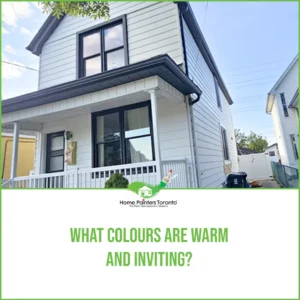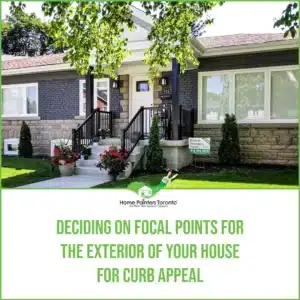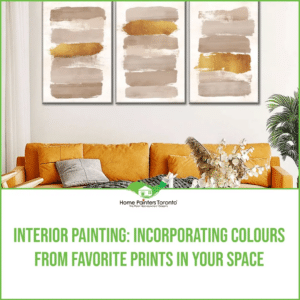
When it comes to choosing colour combinations for house painting, the options can seem almost limitless. Colours affect a space’s mood, feel, and overall aesthetic, making it essential to choose colours that complement each other well. But how do you go about choosing the right one?
In this blog, we’re going to explore four specific colour combinations that can work exceptionally well together for house painting, offering a harmonious balance between restfulness and vitality.
Deciding on Which 4 Colours Look Good Together
When it comes to structuring your bedroom, there are many variables you need to consider. Aside from thinking about what kind of furniture you need, another vital aspect is the colour scheme.
- Do you prefer light or dark colours?
- Do you care about colour hues and how they affect the size and mood of the room?
- What colours go well together?
These are all questions you should consider when it comes to colour combinations. Fear not, though. Deciding on colours for your room should not be a daunting task. That is where we come in! In this blog, we will discuss what are 4 colours that go well together for house painting.
3 Important Tips on How to Pick Your Paint Colours in the GTA
When it comes to painting our room, we all became fixated on picking a colour that stood out to us.
- A colour that matches our vibes and aesthetics. Sounds simple, right? We can spend so much time looking through paint samples to pick the wall colour we want, but it’s vital to understand the psychology of colour when choosing colour palettes.
- Colours influence how we feel when we enter a room. Cool blues and greens provide a relaxing environment, while bold and intense colours like red and purple provide an energetic space.
- Neutral colours can take on various looks, depending on how you use them and any other colour you choose.
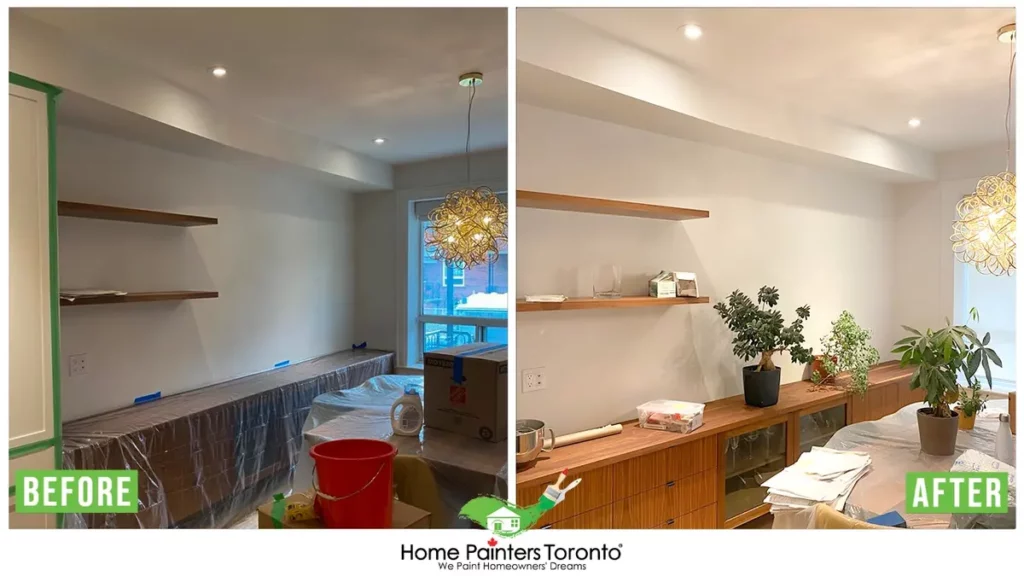
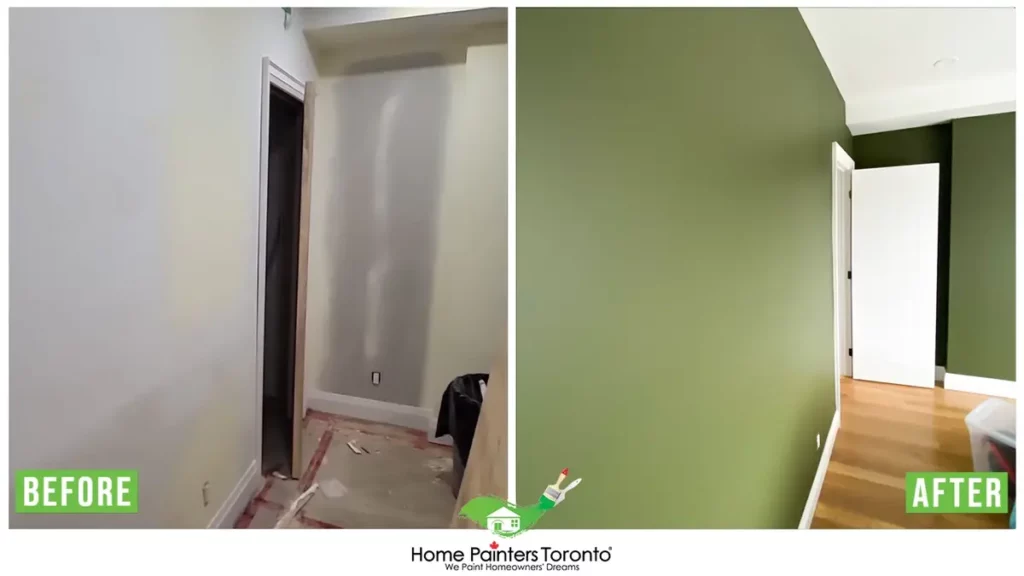
What is a Colour Scheme?
Many people hear this term and don’t know what it means. Well, let us help you out! A colour scheme is the group of colours chosen by the designer, graphic or otherwise. These colours are meant to be aesthetically pleasing to the viewer.
Everyone could use thousands of colour schemes, but it doesn’t necessarily mean they are good choices. To better understand colour schemes, you first have to understand the relationships that colours have with one another.
What are the 4 colours that go well together for house painting? Let’s find out!
4 Colours That Go Well Together For House Painting
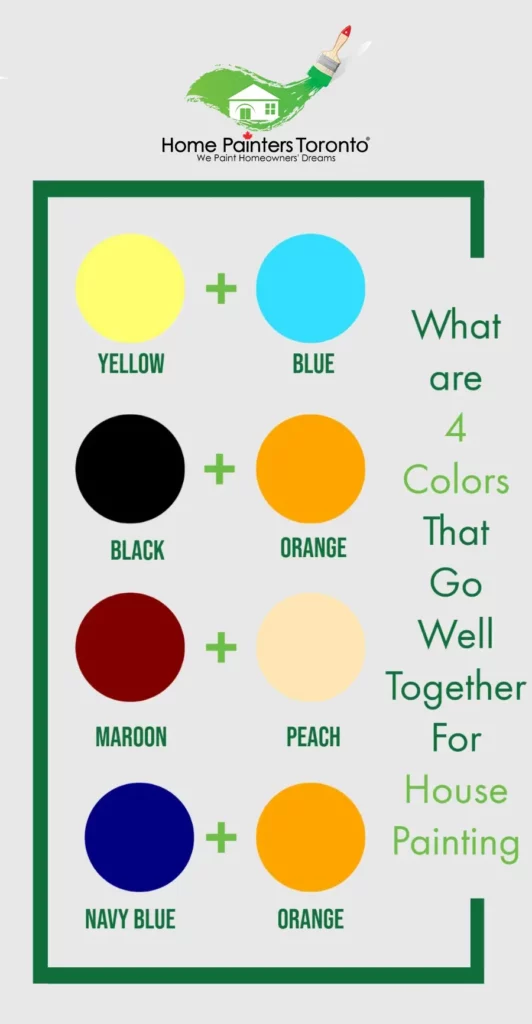
1. Yellow & Blue
This colour combo is playful yet strong! Yellow is the ultimate eye-popping colour! It sets up the perfect playful backdrop with navy blue. Your room will look youthful yet very powerful!
2. Black & Orange
Orange is a very enthusiastic colour, while black is powerful. Pair them together, and you get a well-suited room! It sort of creates a mystery feel as well.
3. Maroon & Peach
Although not seen too much as a pairing, it still will add charm to your space! For home decor, this is the perfect colour combo because of its playful vibe.
4. Navy Blue & Orange
• Opposites do attract, and that is the case with these two colours! The strength of blue grounds the impulsive sides of orange, making for a very simultaneous pairing. This pairing is exciting, and if you want that for your room, go for it!
Top 3 Colour Schemes for House Painting
Monochromatic
Consists of variations of one hue by adjusting the shades, tones, and tints. Tints are made when you white to the hue, while shades and tones are made when you add dark colours to the hue.
This is the easiest choice for a colour scheme because there are no “danger zones” for your design. The only flaw with this colour scheme is that people tend to overdo it. For example, instead of honing in on a couple of shades of purple, they will use ALL shades of purple on a poster or design.
Analogous
These are colour combinations next to one another on the colour wheel. The colours are so close to each other that they often look similar to one another.
This is not a bad thing by any means. It actually makes for a good-looking colour scheme. In addition, it is best not to spread these colours out, rather, choose one colour as the dominant feature than another two as an accent.
Complementary
Consists of two colours that are opposite one another on the colour wheel. Oftentimes, opposites surprise us, and they do attract!
If you choose this colour scheme, it allows for different elements to be distant from one another. Meaning it makes for an intense relationship if that is what you going for, use this colour scheme in your favour. If this is not the vibe you are going for, you should probably avoid this colour scheme.
Tips on Choosing the Perfect Colour Scheme for Your House Painting Project
1. Consider the existing context.
Start by considering the furniture, fixtures, and decor you already have in your home. Matching your paint colour scheme to these elements will help create a harmonious and coherent aesthetic. Also, consider how your home’s architecture may inform your colour choices. Different architectural styles often pair well with certain colour schemes.
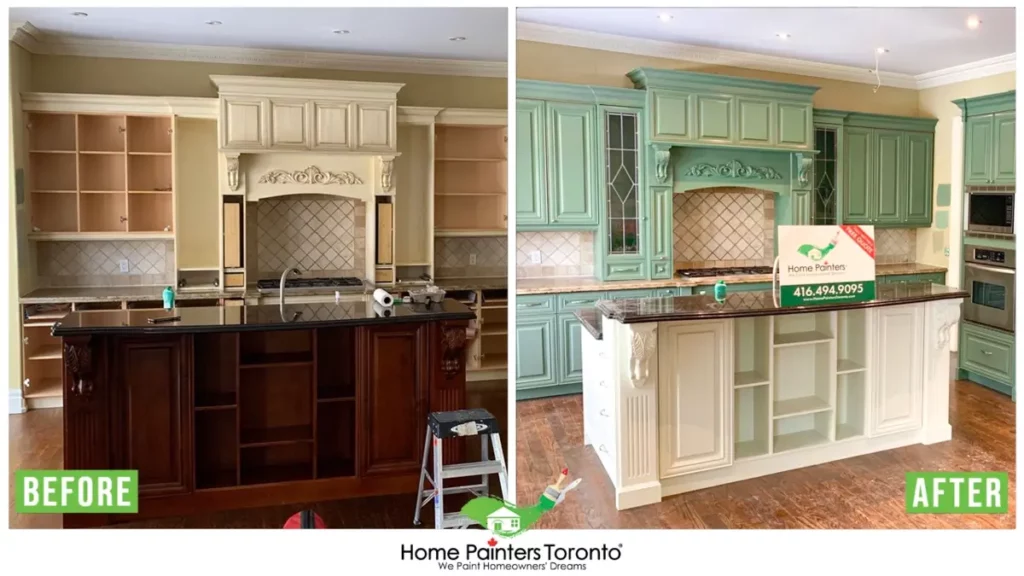
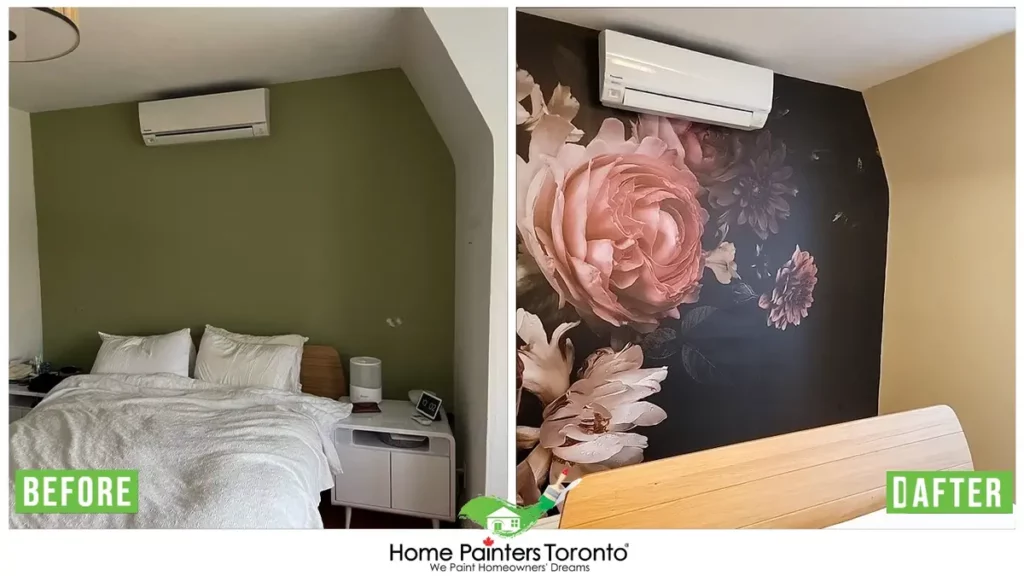
2. Look for Inspiration
Finding inspiration is one of the best ways to start formulating a colour scheme. Sources could be as varied as a favourite work of art, a holiday snapshot, a piece of fabric, or a design magazine. Take note of any colour combinations that particularly appeal to you.
3. Think About Lighting
Remember that lighting can significantly influence the appearance of colour. How much natural light a room receives, the type of artificial lighting you use, and the time of day can change how a paint colour looks. It’s a good idea to test your potential colour choices at different times of the day to see how they change in different lighting conditions.
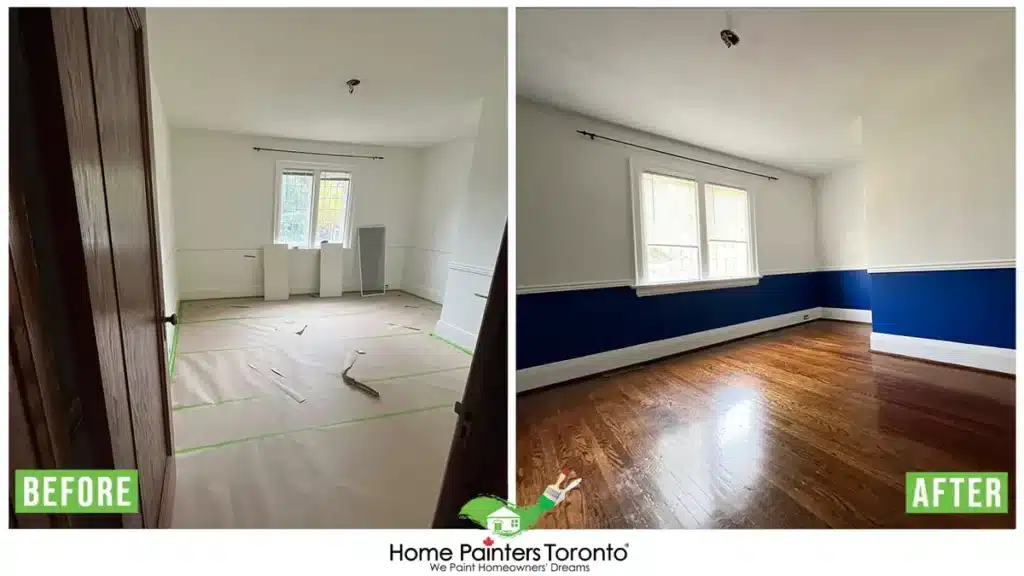
4. Understand Colour Psychology
Colours are powerful; they can make us happy, relaxed, energetic, or calm. Consider how you want to feel in a certain space. Choose cooler shades like blues and greens if you want your bedroom to feel relaxing. Warmer tones like yellows, oranges, and light reds may be appropriate for a lively and inviting living room.
6. Sample It!
Once you’ve narrowed down a few colour choices, buy small pots of each and try them out on your wall. Observe them during different times of day to see how they change. This can give you a better idea of the final effect than trying to imagine it from a paint chip.
7. Plan Out What Mood You Want To Achieve
Selecting a colour for your room is one thing, but deciding what type of mood you want is another.
- Do you want a calming and soothing atmosphere?
- A room that makes you fall asleep quickly?
- Do you want a bright, energetic space that wakes and prepares you for the day?
These are all critical questions you should ask yourself before choosing the colour(s) you want for your room. Whatever feeling you want to highlight, keep that mood in mind as you look through multiple colours that you want to help you create that great feeling.
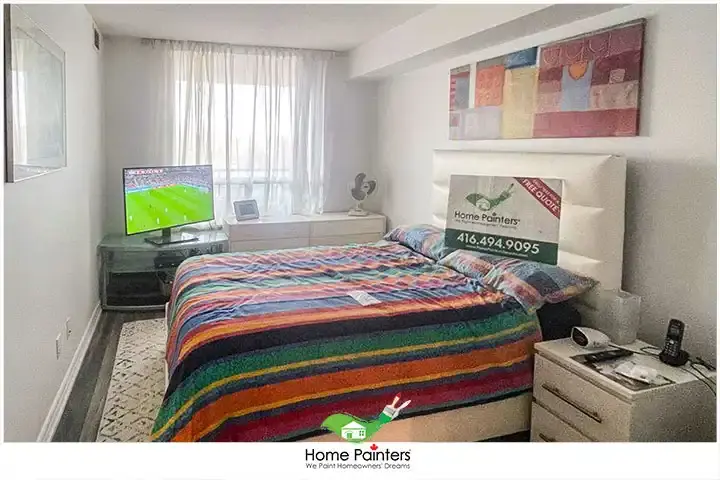
8. Use The Colour Wheel!
Yes, the colour wheel you learned in primary school can be vital in helping you establish what colours work well together in home painting. The colour wheel is a great first step, as you will learn which colours work well together and their associated colour schemes. The colour wheel consists of three types:
- Primary colours: Red, blue, and yellow
- Secondary colours: This occurs when you mix the primary colours. That would give you orange, green, and purple. Also, on the colour wheel, it is shown between two primary colours used to create them. For example, orange is between yellow and red.
- Tertiary colours: This consists of mixing secondary colours with primary colours. Examples are yellow-orange, blue-green, and blue-violet. Also, they fall between the primary and secondary colours, like red and violet, on the colour wheel.
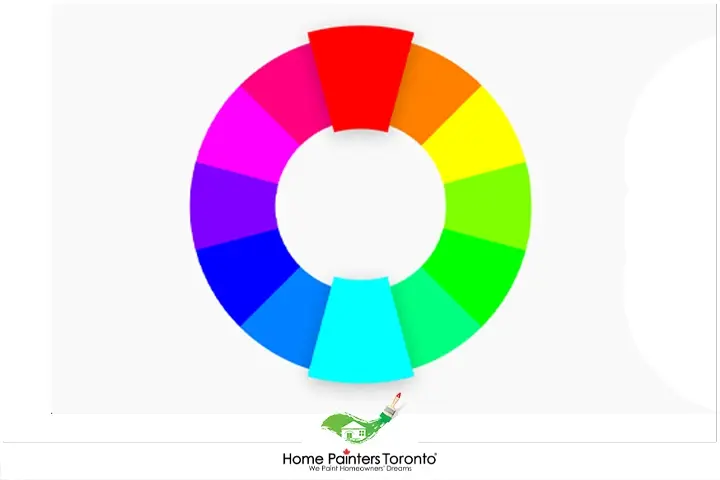
Now, you may be wondering how this helps with wall colour matching.
The answer is that it helps tremendously!
When you need colours to pair, the colour wheel will show which colours those are. For example, on the colour wheel, green lies across from red. A green wall colour works perfectly if you have a kitchen featuring cabinets with reddish hues.
Another example would be yellow-orange, which is across from the blue-violet. So, you can use one of those combos as the dominant wall colour and the other as an accent colour.
Depending on the colour scheme, there are so many more colour combinations to choose from, so going through the colour wheel is a great tool!
Modern Exterior House Paint Colours Photo Gallery
To help you make the right choice, we assembled a collection of the best colour combinations for the house exterior. These are all beautiful shades that will look stunning in your home!
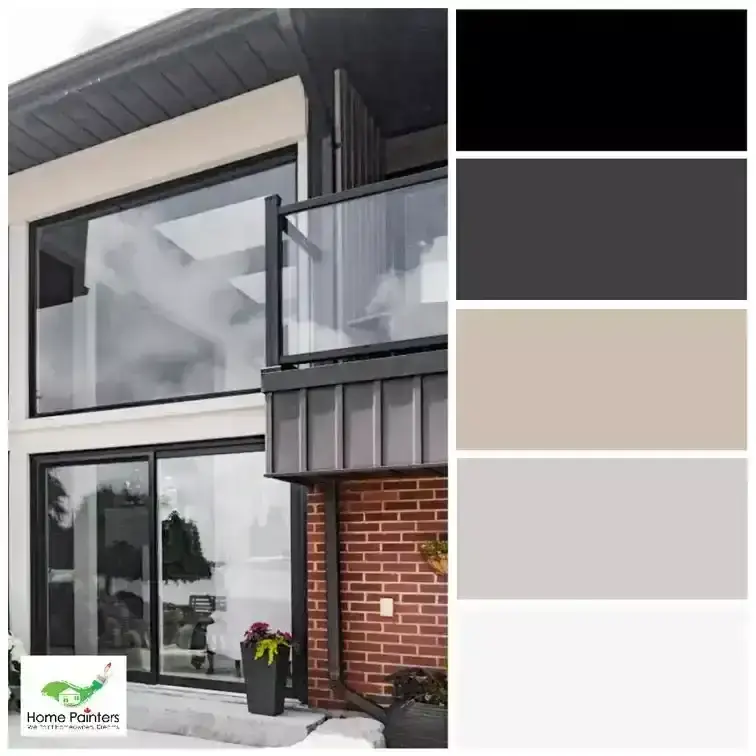
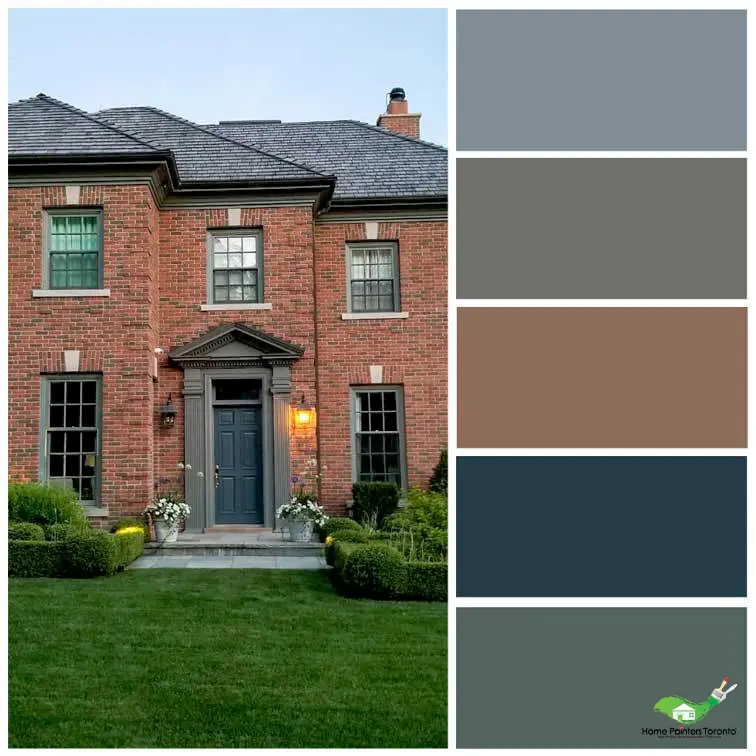
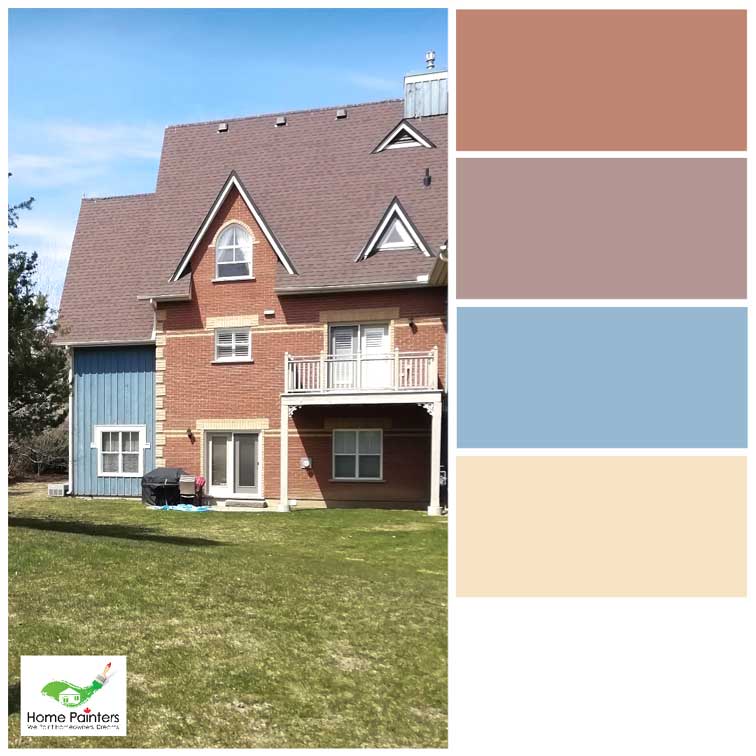
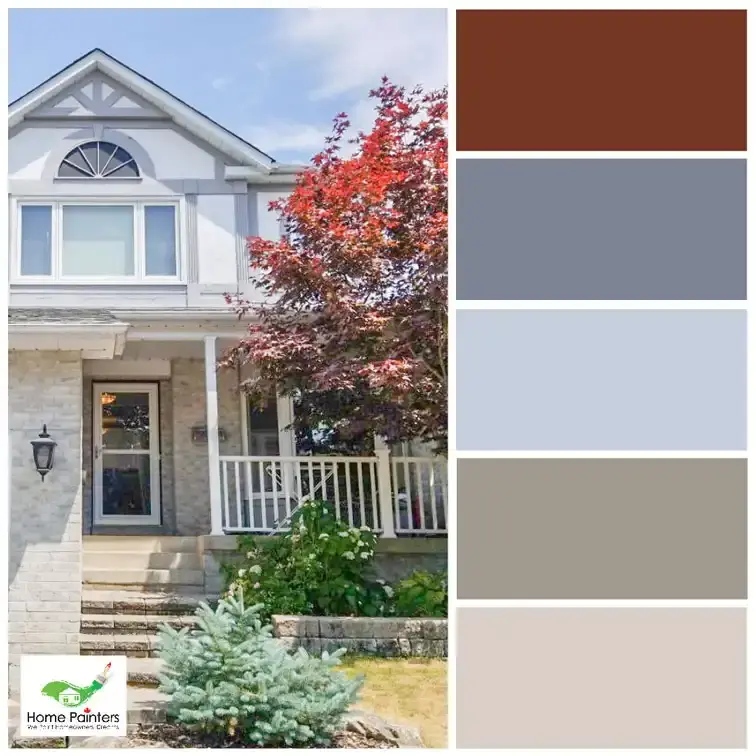
As mentioned at the top of the blog, those are the 4 colors that go well together for house painting. Some colors just work well naturally. Consider those color combinations when you’re stressed about which colors to choose for your room.
Now that you know which 4 colors work well together in house painting, you can officially start painting!
TOP Blogs Related to
“WHAT ARE 4 COLOURS THAT GO WELL TOGETHER FOR HOUSE PAINTING?”
If you reside in Toronto and the GTA and need some help figuring out the interior painting for your house, don’t hesitate to call us! We will help you pick the colours you want and show you the latest painting and home renovation trends. Our home painting services with the best pro painters have been around for over 36 years. Call 416.494.9095 or email Brian@HomePaintersToronto.com for a FREE quote for your home painting needs. And don’t forget to check us out on our social media channels below!


